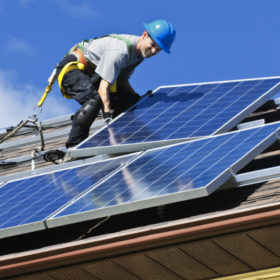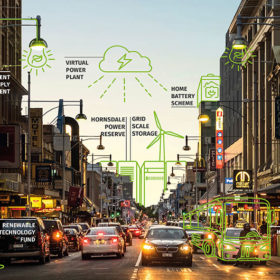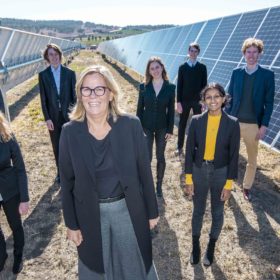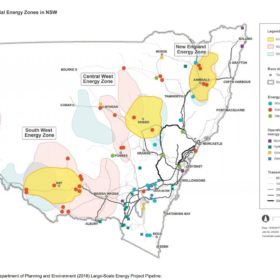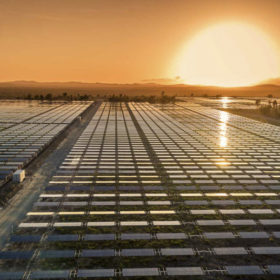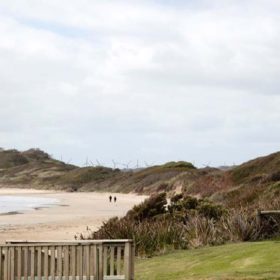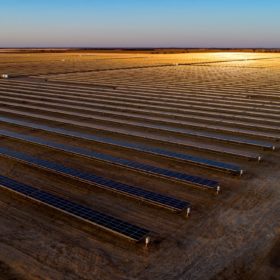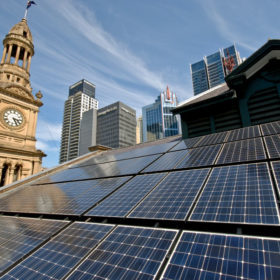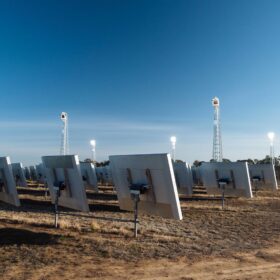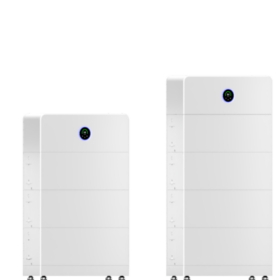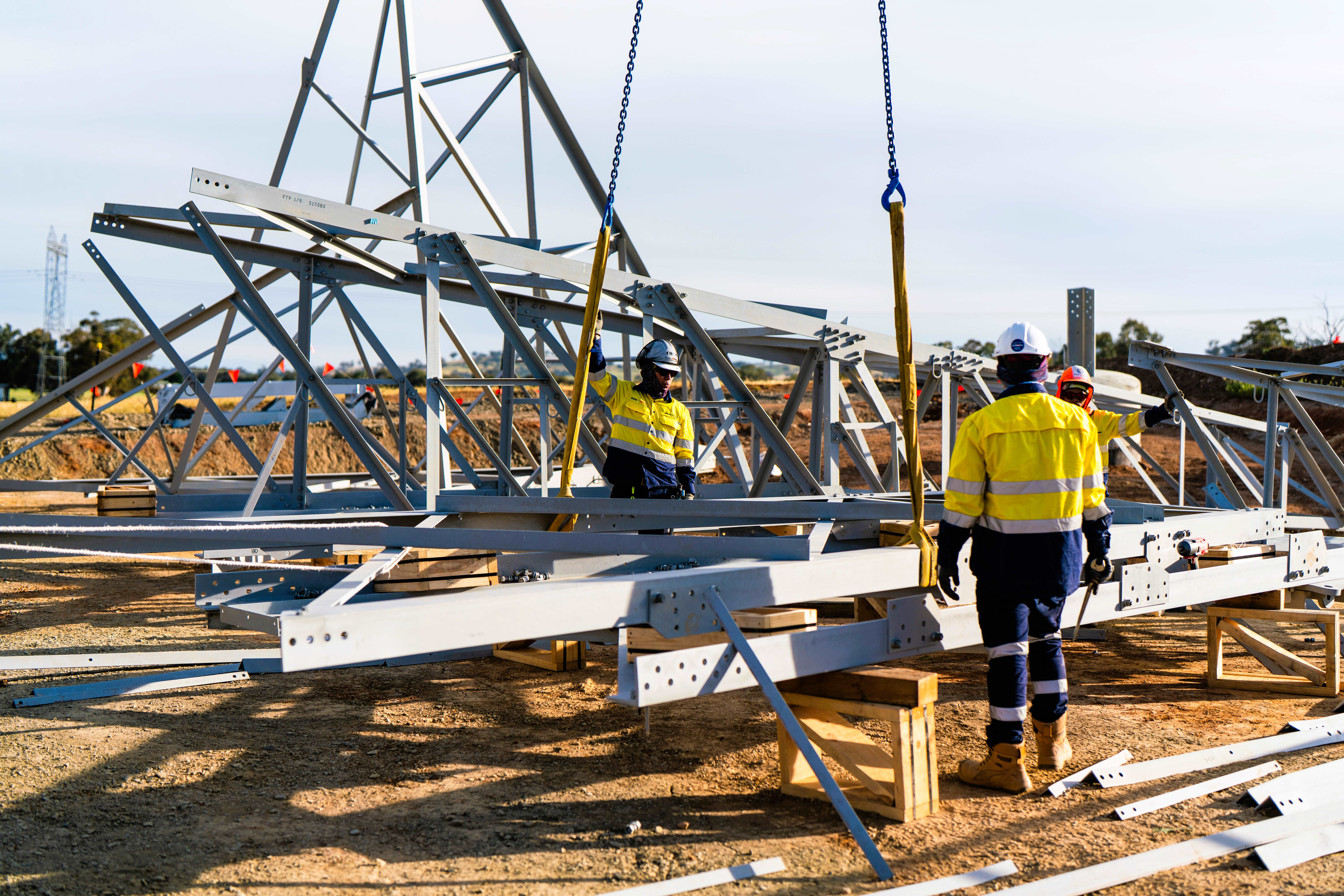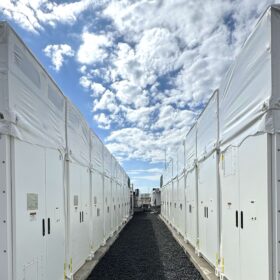COVID-19 vs Renewables: How the pandemic is impacting Australia’s solar curve
With Australians spending more time at home during the day as a result of COVID-induced restrictions, many are questioning the impact of shifting energy demand patterns on the solar curve. Byron Serjeantson, Regional Manager at Flow Power considers the potential outcomes of these changes.
5 trends influencing Australian solar farm design
Digital technologies are enabling integration of vast volumes of data, to provide sophisticated modelling of projects, arriving at highest yield and lowest levelised cost of energy. An Australian leader in the field, Aurecon has been recognised for the innovation of its siteLab software in bringing far-flung stakeholders and disparate sources of information into the one virtual reality.
64 MW of PV-powered knowledge sharing begins at UQ’s Warwick Solar Farm
The University of Queensland-owned and developed utility-scale Warwick Solar Farm is complete, bringing together the University’s ambitions to not only become 100% renewably powered, but to provide hands-on learning, research and development opportunities for generations of students seeking fulfilling employment that contributes to a greener future.
Biden-Sanders task force calls for 500m solar panels in five years
A wide-ranging joint report published by the Democratic presidential candidate and his former rival includes the section: ‘Undoing the harms of the Trump administration and righting the wrongs.’
REZzing up the renewable future of NSW
A couple of years ago NSW was pilloried as the laggard state in Australia’s renewable energy transition. Today it is the only state to have acted on the concentrated benefits of renewable energy zones as outlined in AEMO’s Integrated System Plan. Matt Kean’s latest announcement capitalises on developer enthusiasm for NSW’s first wildly successful REZ proposal.
QLD attracts United Green “majority” stake investment in Rodds Bay Solar Farm despite “wet blanket” federal policy
A “majority” stake of the 300 MW shovel-ready Rodds Bay Solar Farm in Queensland has been purchased by UK investment firm United Green. The announcement comes as state government energy ministers come together to reinforce their renewable energy ambitions in this time of economic recovery, despite “the difficulty” of the federal policy vacuum.
Wind, solar and transmission: triple rollout begins in NW Tasmania
The Commonwealth Government has OK’d the first phase of 600-1000 MW worth of developments that will feed into Tasmania’s 200% renewables by 2040 target; as well as the Marinus Link project; and the state’s ambitions to attract high-energy industries to its shores.
“Australia’s last chance”: BZE publishes renewables powered Million Jobs Report
Every crisis is a crossroads, and Australia is certainly at a crossroads. This week, a host of climate, development and investment leaders are backing Beyond Zero Emission’s green scaffolded Million Jobs Plan of Covid-19 economic recovery.
Limondale solar farm registered in West Murray
The Australian Energy Market Operator (AEMO) has announced a major step forward in the West Murray Zone after it granted registration to one of the biggest solar farm in that troubled part of the grid.
City of Sydney flicks the switch to 100% green power
From today, the City of Sydney will run entirely on renewable energy generated from wind and solar farms in regional NSW.
